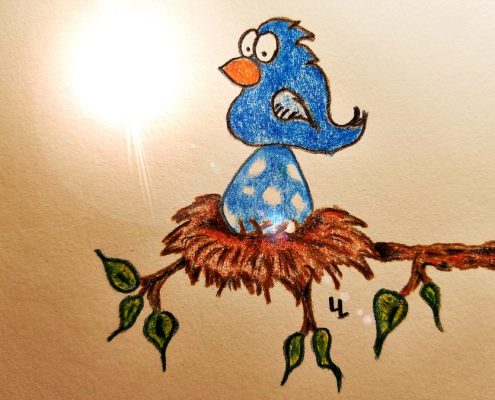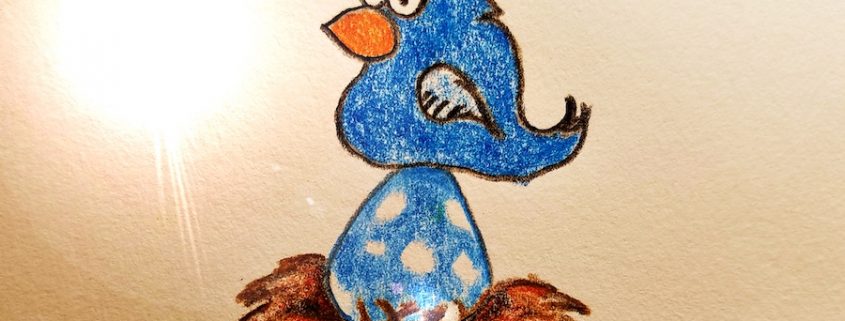Fingerprinting birds. Sounds crazy, right? I mean, why would someone need to lift a print from a bird? Would an Emu stand still while a crime scene investigator dumped fingerprint powder on it’s beak? Probably not.
Have a seat for a moment and I’ll explain. This is good stuff, starting with …
Chicken Thieves
Years ago, chicken thieves were considered as the lowest of all crooks. After all, stealing someone’s chickens was to take away a family’s source of meat and eggs and even income if the farmer sold his birds to help make ends meet.
Therefore, it was not at all unusual for the local sheriff to receive a call about the shooting of a chicken thief. That sort of “farm justice” was unofficially permitted back in the day, because, well, why not?
Eggers
 But it was easier to catch chicken thieves back then than it is to catch modern day bird bandits, the bad guys who poach or kill birds of prey and/or steal their eggs. The eggs, by the way, are most often sold to collectors known as “eggers.”
But it was easier to catch chicken thieves back then than it is to catch modern day bird bandits, the bad guys who poach or kill birds of prey and/or steal their eggs. The eggs, by the way, are most often sold to collectors known as “eggers.”
Eggers go to great lengths to obtain their prizes, climbing tall trees to reach hidden nests and venturing into other even more dangerous situations. For example, in 2006, a 63-year-old egger named Colin Watson fell to his death while climbing a 40-ft tree in search of eggs. Watson, by the way, had been convicted six times in the past, and for over twenty years was on the radar of authorities.
During a raid in 1995, police discovered a collection of over 2,000 eggs in Watson’s home.
The number of egg collectors has decreased over the years; however, the poaching of birds of prey has increased. Many of those killing these magnificent animals are ranchers and farmers who shoot, trap, and poison the birds who hunt on their land.
In the past, all officials could do was to collect the bodies of dead birds, many of which were discovered in odd places, places where deceased birds shouldn’t be found—at the bottoms of ravines, etc. In other words, they were found in locations and in positions that made it obvious they were placed or tossed there by humans who were attempting to hide their crimes.
DNA
DNA and toxicology testing are extremely valuable when investigating crimes involving wildlife (toxicology tells us an animal was poisoned and DNA can help establish whether an animal was involved in an attack, or not), but they’re not useful when it comes to pointing toward a lawbreaker. So …
A PhD student, Helen McMorris, at Abertay University (Dundee) has found a means to develop and record human fingerprints on bird feathers. The exciting discovery will now assist law enforcement with their investigations
In a recent interview, McMorris said, “The structure of a feather is very similar to the fine weave structure of some fabrics such as silk. It has recently been found that fabric with a thread count of three per millimetre can sustain a fingermark or grab mark and, after microscopic examination, it was found that bird of prey feathers have a barb count of three per millimetre, suggesting that they could sustain a fingermark.”
During her research, McMorris found that green and red magnetic-fluorescent fingerprint powder produced the best results when excited with a blue wavelength of light and viewed through a yellow filter. Doing so causes prints to fluoresce.
Bingo! If the person’s prints are on file, well, police would then have their suspect. At the very least, a fingerprint on a wild bird of prey’s feathers 100% proves a human touched the animal, telling authorities it was most likely man, not natural causes, that killed the bird.



